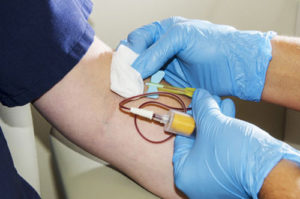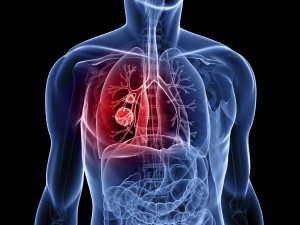In 2013, then-US president Barack Obama launched a US$5-billion project to improve our understanding of the human brain. The venture would take advantage of new techniques to probe the brain’s genetics and physiology. This week, Nature reports some of the results from the Brain Research through Advancing Innovative Neurotechnologies (BRAIN) Initiative.
Although medical science continues to progress, the underlying causes of many brain disorders are not well understood at the cellular level. By the time the BRAIN Initiative ends in 2026, those involved say, it will have created a ‘gold mine’ for clinical researchers working on psychiatric, neurodegenerative and neurodevelopmental disorders.
The lines of evidence described in the current papers are from the BRAIN Initiative Cell Census Network (BICCN). This work is expected to help scientists to identify suitable animal models of human brain conditions — such as Parkinson’s disease, motor neuron disease and Alzheimer’s disease — that share cellular characteristics.
The BICCN project’s findings also help to explain how neurons and brain circuits are involved in emotion, behaviour and learning. These are early steps towards a more complete understanding of the neural underpinnings of human cognitive abilities — such as language and reasoning — and will keep scientists busy for decades to come.
The BRAIN Initiative is a collaboration between hundreds of researchers around the world. The BICCN project’s foundational insights include a comparison of the cells of the primary motor cortex in three species: mice, marmosets and humans1. The primary motor cortex is the part of the brain responsible for skilled movements, and the findings will help to reveal which cellular mechanisms are conserved across species. This will aid researchers in establishing the most appropriate model organism for studying neurodegenerative conditions.
Scientists have also created an atlas that reveals the locations of around 25 subclasses of cell in the primary motor cortex of the same three species1,2. The researchers report what neuroscientists call an input–output wiring diagram of this region in mice. This details all of the long-distance neural connections, known as axons, reaching into and out of this region; this will help neuroscientists in their investigations of how the brain exercises motor control3.
Researchers have also gained insight into how cells in the human neocortex — the thin outer layers of the two cerebral hemispheres — acquire their identities during embryonic development4. And the project is providing scientists with tools with which to visualize and mine vast new data sets. In addition, researchers have started to create a genetic ‘toolbox’ that exploits characteristic differences in gene expression in particular cell types to label and manipulate those cells5. In just a few years, scientists expect to be able to peruse an online atlas charting the type and location of every cell in the mouse brain. All of the data will be freely available….







